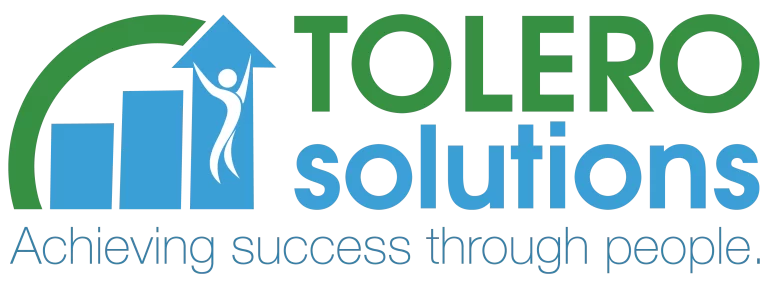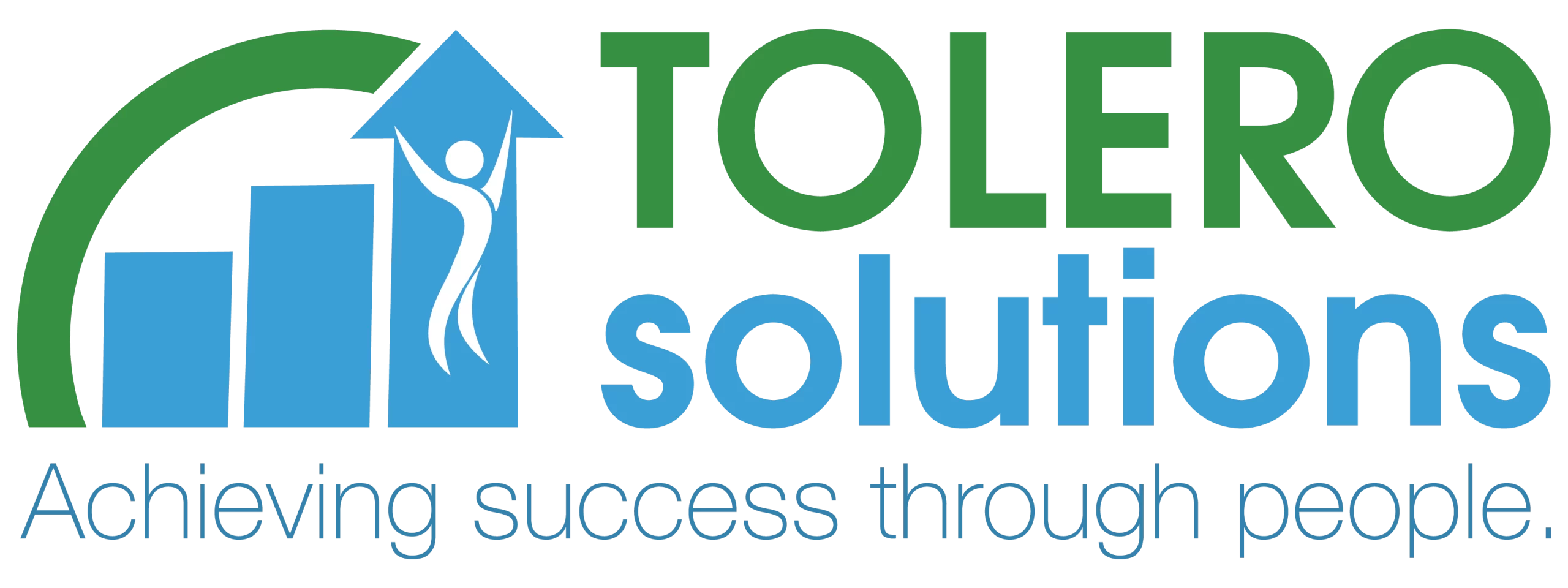The Covid-19 pandemic has disrupted all aspects of life – including employee attitudes and behaviors in the workplace. Grant Thornton recently launched its second State of Work in America survey, which revealed some interesting insight into what employees are seeking and how employers can retain those employees. It’s very clear that The Great Resignation isn’t over.
I am not going to overwhelm you with all of the details of the Grant Thronton survey; you can read those if you want. However, I do want to highlight some key data points from the Grant Thronton survey that are important for employees and employers to know and address as we continue to navigate the new – now endemic – world of Covid.
– 40% of people who switched jobs during The Great Resignation are now looking again.
Many are often enticed by the shiny object, the carrot on the stick; or just desperate to leave a toxic workplace. They don’t stop to consider the root causes of what is about their current workplace that is really making them want to leave. And so they end up chasing the shiny object and then encountering the same issues with a new employer. This can lead to buyer’s remorse. I say we still need more data than the Grant Thronton survey provides. Is it a values misalignment? Is it a problem with authenticity? What were the reasons why these employees switched jobs? What issues did they expect to be resolved by taking a new job? What issues were resolved (or unresolved) when they took this new role? What goals do these employees have and what have they done to achieve those goals? How did the prior company support them and how will it be different or better at the new company? This data point may highlight buyer’s remorse, however, it doesn’t tell us the “why” people feel the way they do and what considerations and actions they should take to prevent these feelings in the future.
Employee: if you recently switched jobs and are still unhappy, have you considered coaching to help identify your “why” and what steps to take next? A new job may just be a band-aid on an infected wound. Identifying what is important to you – your values – is a helpful place to start. Then you can take a look at the culture of the company, the people, and if you can be and bring your authentic self to see if your values align. Digging deeper to identify and explore this can help inform the right fit decision for you and increase your chances of happiness and success with your transition. Exploring how to prepare for a new role, reducing frustration with change and transition, and identifying the impacts of your own behaviors, can support your happiness and success in your new role.
Employer: before Covid, often the standard employer response would have been “oh well” the employee who left can be replaced; they are just a number. Or, let’s conduct an exit interview and check off some boxes and wish them well, but then change nothing. However, Covid has caused employees to reevaluate what’s really important to them, and employers need to adapt. One way to adapt is for employers to ask themselves and the employee leaving a few tough questions (and then actually follow up with actions): why did/do these employees really quit? What benefits and features are we offering or not offering? Is it our culture and are we willing to change to address that? What role did management and leadership play in the employee leaving and are we willing and prepared to change to address that? Have we really gotten to know our employees? And identified what’s really important to them and found ways to provide that in the workplace? It may be too late to retain the employee already leaving, however, you can help prevent a mass exodus.
– 80% of employees surveyed want flexibility in when and where they work
After dealing with change and uncertainty for so long, many employees have come up with new ways of working that meet both employer and personal demands. Employees have found new ways of working that actually work. Yet, many employers expect them to just return to the way things were or aren’t willing to meet employees’ current needs. No wonder the Great Resignation is continuing!
Employee: if you want greater flexibility in when, where, and how you work, ask yourself the following questions: What about workplace flexibility is important to me? What does workplace flexibility look like to me? What does it feel like? Before you can begin to look for a role that matches your needs, you first need to identify what those needs are and why they’re important to you. Then you can begin to research, observe, and question potential new employers to see if there is a match. Without digging a bit deeper first, you could end up in the same situation as in your prior role.
Employer: when it comes to conquering change and uncertainty in your (quasi) post-pandemic organizational life, you need to include your employees’ voices in defining their roles and ways of working. This includes workplace flexibility. You need to provide them opportunities to speak up and share their concerns and ideas. And then you need to actually take actions to address and implement those. Data-informed decision-making can’t happen without the actual data! What does workplace flexibility look and feel like for my employees? Why is it important to them? How are employee needs different for different groups of employees? What actions can we take as leaders and as a business to support employees’ needs around workplace flexibility?
– 51% are not actively looking for a new job, but would still consider a switch if the opportunity arose.
If you’re an employer, this data point from the Grant Thornton survey should concern you, especially during the Great Resignstion. More than half of your employees could easily be persuaded to leave their job even if not currently looking.
Employee: Once again, don’t fall for the carrot and stick or shiny object if you really want to be happy in a new role at a new company. You may want to ask yourself some questions before just jumping ship. What does it feel like for me to go to work every day? What about working here makes me unhappy? What is it that is making me feel easily persuaded to jump ship? What does my ideal job look like? What would it feel like to work for my ideal boss? What could persuade me to consider another job? What would a new job offer me that my current employer is not? Don’t just follow your friends or peers. Identify your own needs and then act.
Employer: As an employer, you should also be asking yourself some questions. And validating data with your employees. Not all employees are the same. Not all have the same needs and wants. What is it that is making my employees easily persuaded to quit? What can we do as a company to address these concerns? What are 3 tangible actions I can take now to improve the employee experience? Don’t make promises you can’t keep just to persuade employees to stay. Tossing money at an employee who wants flexibility won’t help in the long term. Offering flexibility to an employee who feels they aren’t valued, respected, heard, and appreciated won’t make a difference. What can I offer to current and prospective employees to provide them with a great place to work so they’re happy and our customers are happy? Be proactive.
The Grant Thronton survey reinforces that Covid was a catalyst for employees reevaluating their values and identifying what’s really important to them in the current workplace. To say it bluntly, many employees are tired of being treated like a number; like replaceable drones. They are tired of doing what they consider to be a crappy job with crappy benefits and crappy upward mobility. And they’re even more tired of doing a great job with crappy rewards and recognition and working in a crappy culture. Both employees and employers have to ask themselves some tough questions. However, employees currently have the advantage.
Employers have two choices. Adapt or face the consequences. And it’s difficult to adapt without data, awareness, action, and change.
About Scott Span, MSOD, CSM, ACC: is CEO at Tolero Solutions. As a people strategist, leadership coach, and change and transformation specialist, his work is focused on people. Through his consulting and training work he supports clients to survive and thrive through change and transition and create people-focused cultures and a great employee experience. Through his coaching work, he supports people willing to dig deeper to identify and overcome what’s holding them back, change behaviors, accelerate performance and achieve their goals.
Email | Website | LinkedIn | Twitter | Blog | Facebook| YouTube | Instagram





